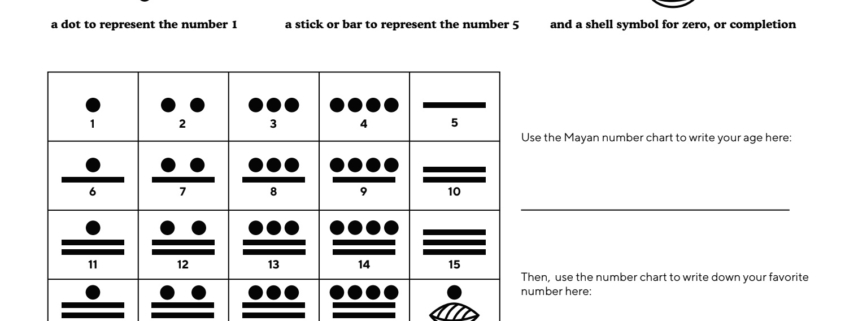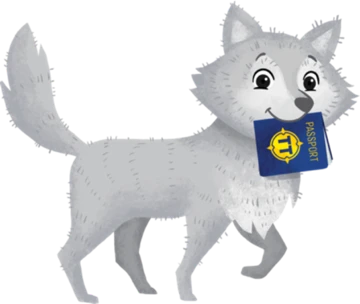This week we’re journeying to a new destination, Japan!
Japan is actually a string of islands in the Pacific ocean, located just off the east coast of Asia. There are five main islands: Hokkaido, Honshu, Shikoku, Kyushu and Okinawa, in addition to several smaller islands. The geography of Japan is made up of mostly mountains, with many volcanoes as well! The most well-known volcano is Mount Fuji, which is the highest peak in Japan at an elevation of 12,388 feet. Not too far from Mount Fuji is the capital city of Tokyo, home to over 36 million people, making it the largest metropolitan area in the world!
In today’s lesson, color your own map of Japan, then learn how to make your own origami fish! Origami is the art of paper folding, which has been practiced in Japan for over 300 years. Before you get started on these activities, you will need some crayons or pencils to color your map, and a square sheet of paper for your origami.
First, color your map, then find and circle the following:
The five main islands of Japan:
1) Hokkaido, 2) Honshu, 3) Shikoku, 4) Kyushu and 5) Okinawa
Then, find and circle:
1) the capital city of Tokyo, 2) Mount Fuji, 3) the Pacific Ocean
Next, grab a square sheet of paper, and follow the instructions on the worksheet to create your own origami fish.











